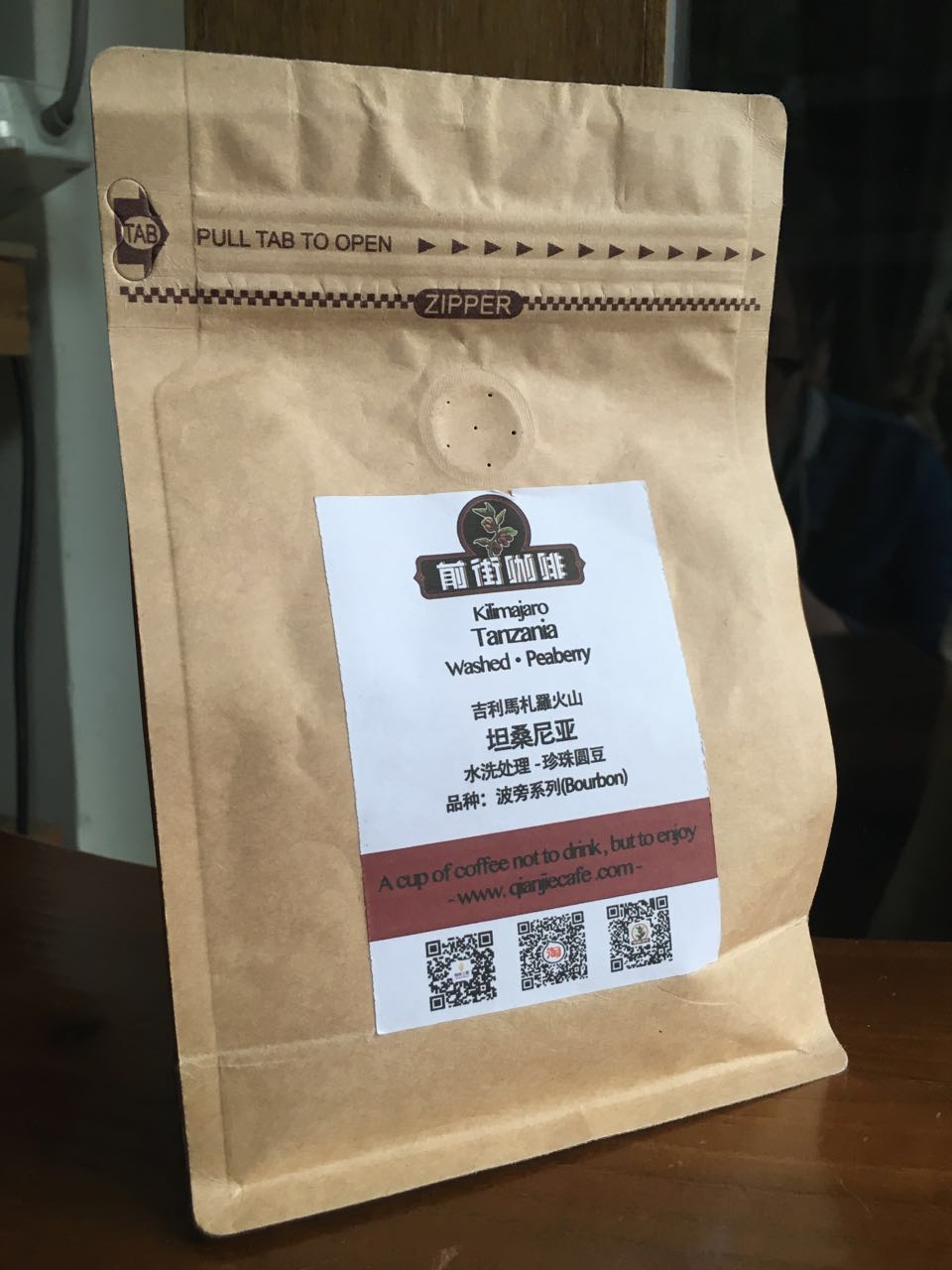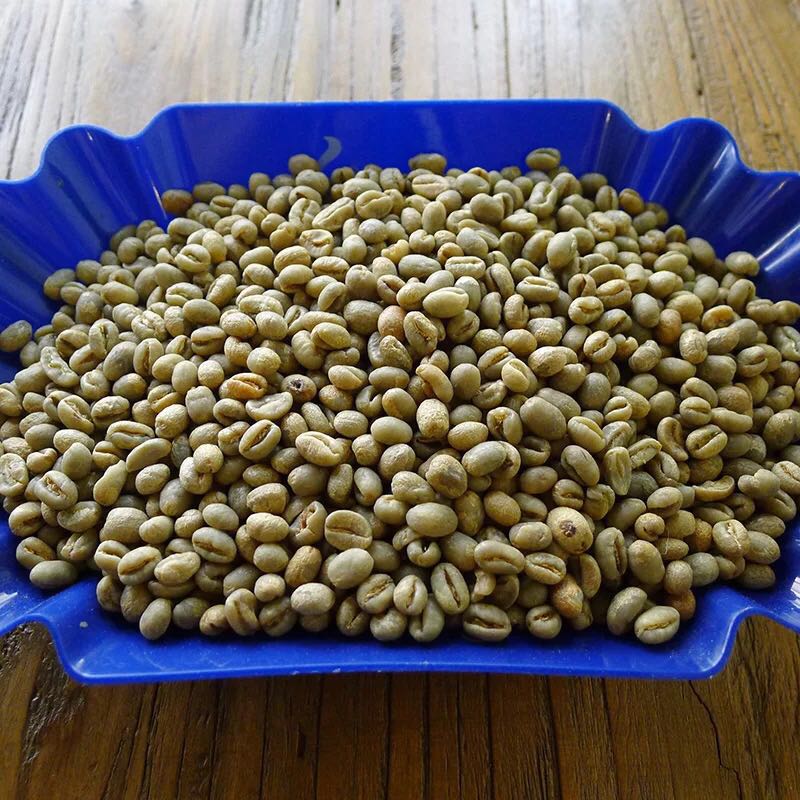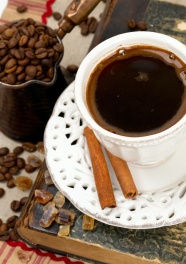Ethiopian coffee beans introduce the characteristics of Ethiopian coffee beans
Ethiopian coffee beans are divided into five grades. The first and second stages are water-washed beans. Grade1 means 0~3 defective beans per 300 g of raw beans;Grade2 means 4~12 defective beans per 300 g. Grade 1 washed beans are extremely rare and generally difficult to buy. At present, all washed beans exported from Ethiopia are Grade2. The quality of sun-cured beans is ranked as Grade3, Grade4 or Grade5. Although Grade4 has significantly fewer defective beans than Grade5, coffee farmers claim that in order to save taxes on exports, they often lower the Grade4 to Grade5 to save money. This may just be marketing, but in fact Grade5 is not as good as Grade 4.
Ethiopia's beans are easy to identify, most of the beans are small and thin pointed long beans, so-called 'longberry', and often mixed with small oval short beans, so-called' shortberry', which look different in size and shape. Most commercial Grade4 or Grade5 beans are a mixture of hundreds of different seeds from each region, so the phase imbalance is most obvious and it is not easy to bake evenly.
Even the official Ethiopian research unit cannot say how many Arabicans there are in Ethiopia. Coffee cooperatives on one mountain certainly grow different varieties than those on another, and even small farmers in the same area grow different varieties of coffee. Some estimate that there are at least 2,000 varieties of Ethiopian coffee, and there are even more than 4,500 varieties. Ethiopian beans appear to be a bit malnourished compared to the fat bodies of Bourbon 'SL28', the dominant variety in Kenya to the south, or the Central and South American and Asian tibeka. But "beans" can not be judged by appearance, Ethiopian coffee citrus aroma can be called the world's best, whether instant coffee or freshly ground coffee, extraction on the smell of orange or lemon fragrance. On the palate, it has a rich floral, fruity and sour aroma that is characteristic of Ethiopia, but the body or consistency is slightly poor. The biggest drawback is that it is easy to bake unevenly, especially sun beans. Even the best Grade3 Harald sun-baked beans often show uneven color, which is the biggest defect of Ethiopian beans, but fortunately it does not affect its good flavor. For coffee fans, don't care how the beans look, the most important thing is to drink. Ethiopian washed beans are much more stable than sun-dried beans, whose flavor fluctuates greatly from year to year, so be sure to cup them several times before buying them in large quantities. Good sun-baked beans have a much deeper flavor than washed beans, but mishandled sun-baked beans are sure to leave you speechless, as many coffee fans say

Important Notice :
前街咖啡 FrontStreet Coffee has moved to new addredd:
FrontStreet Coffee Address: 315,Donghua East Road,GuangZhou
Tel:020 38364473
- Prev

What tools do you need to make coffee beans
Perhaps many people don't really understand how to eat coffee beans. Coffee beans are the raw materials for making coffee. Maybe many people drink coffee in coffee shops and haven't really done it themselves. The following editor will introduce to you the new way to eat coffee beans and how to choose good coffee beans. Let's take a look! How to make delicious and mellow coffee must be a series of
- Next

How much is Starbucks Ethiopian coffee beans per jin?
This kind of coffee originated from the island of Indonesia and has a distinctive spice flavor. It is full-bodied and smooth on the palate, with aromas of forage and clay. The aftertaste is long and sour can hardly be felt. Antigua coffee beans, Guatemala: every cup of coffee here conveys a consistent flavor. Fragrant lemon flavor, cocoa flavor accompanied by soft spice flavor, showing
Related
- Does Rose Summer choose Blue, Green or Red? Detailed explanation of Rose Summer Coffee plots and Classification in Panamanian Jade Manor
- What is the difference between the origin, producing area, processing plant, cooperative and manor of coffee beans?
- How fine does the espresso powder fit? how to grind the espresso?
- Sca coffee roasting degree color card coffee roasting degree 8 roasting color values what do you mean?
- The practice of lattes: how to make lattes at home
- Introduction to Indonesian Fine Coffee beans-- Java Coffee producing area of Indonesian Arabica Coffee
- How much will the flavor of light and medium roasted rose summer be expressed? What baking level is rose summer suitable for?
- Introduction to the characteristics of washing, sun-drying or wet-planing coffee commonly used in Mantenin, Indonesia
- Price characteristics of Arabica Coffee Bean Starbucks introduction to Manning Coffee Bean Taste producing area Variety Manor
- What is the authentic Yega flavor? What are the flavor characteristics of the really excellent Yejasuffi coffee beans?

